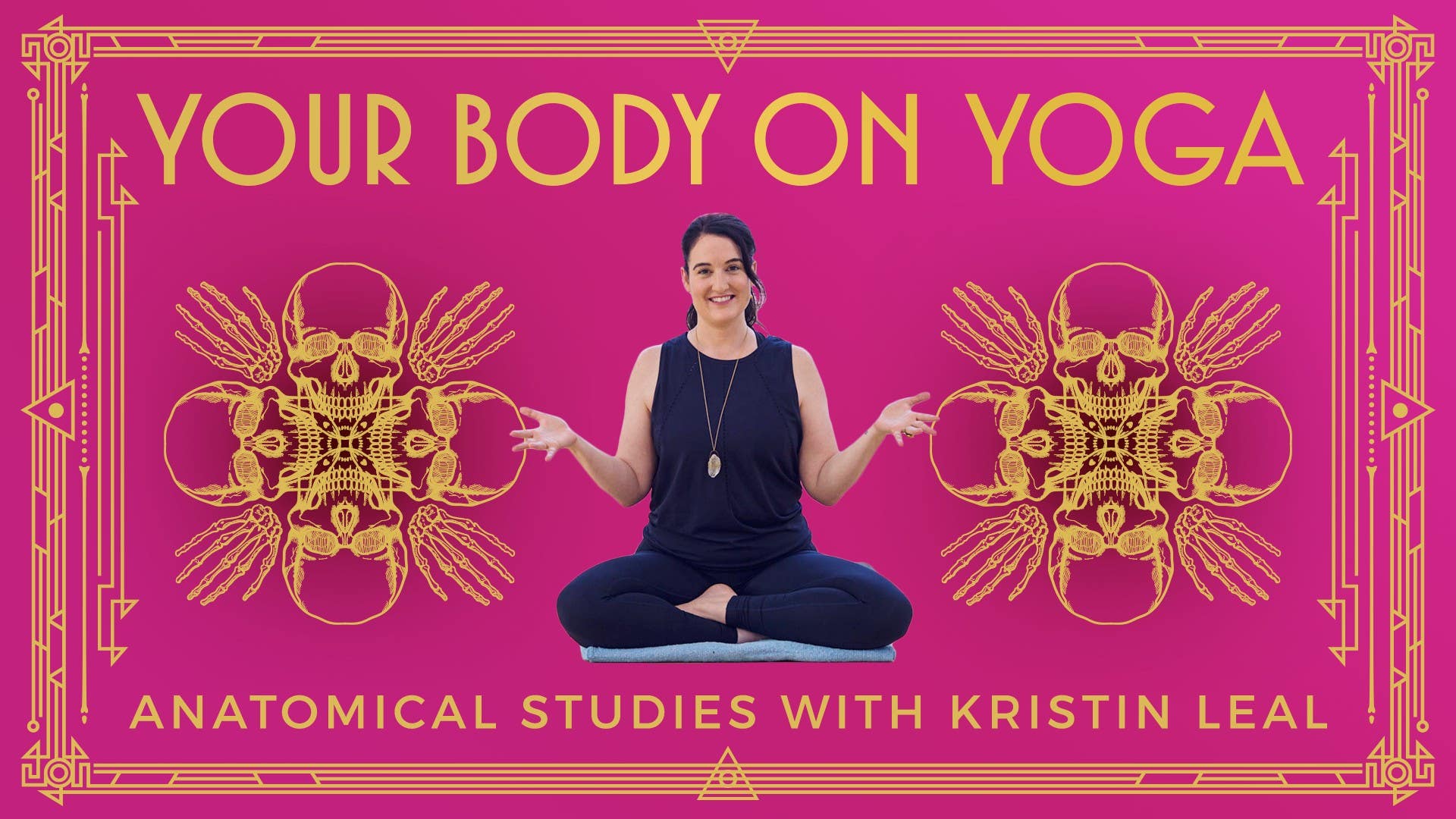Description
Please see attached .pdf below for a breakdown of Thoracic Vertebrae and Rib Cage Anatomy.
Transcript
Read Full Transcript
The 12 beautiful thoracic vertebra are pretty unique. Let's take a look at this pair of thoracic vertebra. Now if you notice, the spinous processes that point back posteriorly are quite angled down. They almost look like toucan beaks to me, right? They have this sharp angle down.
So you can kind of imagine that they're not going to be able to move individually too well. They're kind of stuck where they are. Their transverse processes also are pretty parallel to one another, but there's not going to be a ton of movement available. Now each thoracic vertebra is also connected to a pair of ribs on either side, or I should say most. You have 12 pair of ribs attaching to 12 thoracic vertebra, but your ribs are a little unique.
If you take your hands to the top of your sternum, you might feel this kind of jugular notch and then these little bumps where the clavicle articulate. If you move down, you'll find this little bump bone, the top part of the sternum called the manubrium. If you go down into the middle of the sternum, sometimes it's called the body of the sternum or the gladiola. And I used to think that was named after the flower, and I thought, oh, how beautiful there's a flower in the center of the chest, but it's actually named after the same thing that the gladiators are named after because it looks like this dagger that they carried, so a little more violent, a little less poetic. Down a little bit below, you have this sharp point of the sternum, and that's called the xiphoid process, also named for the point on the dagger.
Now attaching these 12 ribs, you have seven ribs that are these true ribs that have their own costal cartilage connection to the sternum. Then you have what's called the false ribs. They're not false, they're ribs, but they're connected to one another, 8 through 10, connected to one another, and then almost like three-lane highway merging into one, they have one connection joined up, merged up to the sternum itself. And then we have what's called the floating ribs. Now they're not floating aimlessly around the body, they're attached to T11 and T12, the last of your thoracic vertebra, but they don't wrap around all the way to the sternum.
You might even be able to feel them if you take your hands to your high waist and you just poke in a little bit with your thumb. You might feel a little bit of an ouch, anything that's sharp and pointy and close to the surface is a little bit of an ouch when you press upon it. And then if you go a little bit more posterior and a little bit more inferior in the low back meat, you might feel the end or point of your last pair of ribs, your ribs 12 on either side, the last of your floating ribs. Now I mention this because in the back, these thoracic vertebra are going to have a rib attached and those ribs are attached to the sternum, so there's going to be very little movement available in each individual thoracic vertebra. So they kind of work as a team.
They all do flexion together, they all do extension together, they all do lateral flexion together and they all do kind of rotation together as a unified team. There's not much individual movement between them. Where you have something that's not moving as much next to something that's moving quite a lot, so the thoracic over the lumbar, the point of change or a point where the curves change shape, the kyphotic shape and the thoracic to this lordotic shape in the lumbar region, that point is going to get an extra amount of stress. And you see this sometimes when people are going for a rotation, they start to rotate and then you can see a glint in their eye. You can see they're going to really kind of go for it.
The point of stress is usually that T12L1 area or L5S1 area. That's what's going to get the brunt of the force when you use your arm or when a teacher comes over and tries to help you out. This is usually the point of irritation, pain or injury. We like to say things as yogis like lengthen the spine and then see if you can imagine each one of the vertebrae rotating the same amount. It's a beautiful phrase.
I use it when I'm teaching as well, but just so you know, your spine doesn't work that way. Some things will move a lot, some things will move a little, and the more we can respect that, the less injury, more freedom we can find.
Your Body on Yoga: Torso
Comments
thank you Kristin.
You need to be a subscriber to post a comment.
Please Log In or Create an Account to start your free trial.










